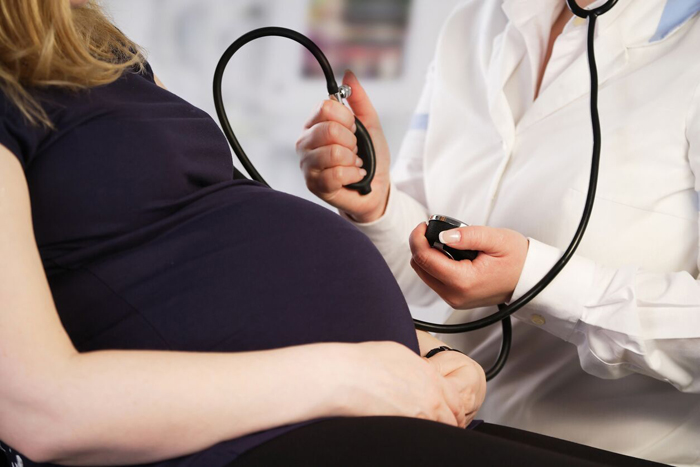High Risk Pregnancy Care at Aurora Women’s Health
A pregnancy is considered high-risk when there are potential complications that could affect the mother, the baby, or both. High-risk pregnancies require management by a specialist to help ensure the best outcome for the mother and baby.

Risk Factors for High-Risk Pregnancy
Reasons that a pregnancy may be considered high risk include:
Maternal Age. One of the most common risk factors for a high-risk pregnancy is the age of the mother-to-be.
Medical conditions that exist before pregnancy. Conditions such as high blood pressure; lung, kidney, or heart problems, diabetes; autoimmune disease; sexually transmitted diseases (STDs); or chronic infections such as human immunodeficiency virus (HIV) can present risks for the mother and/or her unborn baby A history of miscarriage, problems with a previous pregnancy or pregnancies, or a family history of genetic disorders are also risk factors for a high-risk pregnancy.
Medical conditions that occur during pregnancy. Even if you are healthy when you become pregnant, it is possible to develop or be diagnosed with problems during pregnancy that can affect you and your baby. Two of the more common pregnancy-related problems are:
- Preeclampsia
- Gestational Diabetes
Pregnancy-related issues. Often pregnancy is classified as high risk because of issues that arise from the pregnancy itself and that have little to do with the mother’s health. These include:
- Premature labor is labor that begins before 37 weeks of pregnancy. Although there is no way to Know which women will experience preterm
labor or birth, there are factors that place women at higher risk, such as certain infections, a shortened cervix, or previous preterm birth. - Multiple births mean you are carrying more than one baby (twins, triplets, quadruplets, etc.). Multiple pregnancies, which are more
common as women are using more infertility treatments. increase the risk of premature labor, gestational diabetes, and pregnancy-induced high
blood pressure. - Placenta previa is a condition in which the placenta covers the cervix. The condition can cause bleeding. especially if a woman has
contractions. If the placenta still covers the cervix close to delivery, the doctor may schedule a cesarean section to reduce bleeding risks to the mother and the baby. - Fetal problems, can sometimes be seen on ultrasound. Approximately 2% to 3% of all babies have a minor or major structural problem in development. Sometimes there may be a family history of fetal problems. but other times, these problems are completely unexpected.
